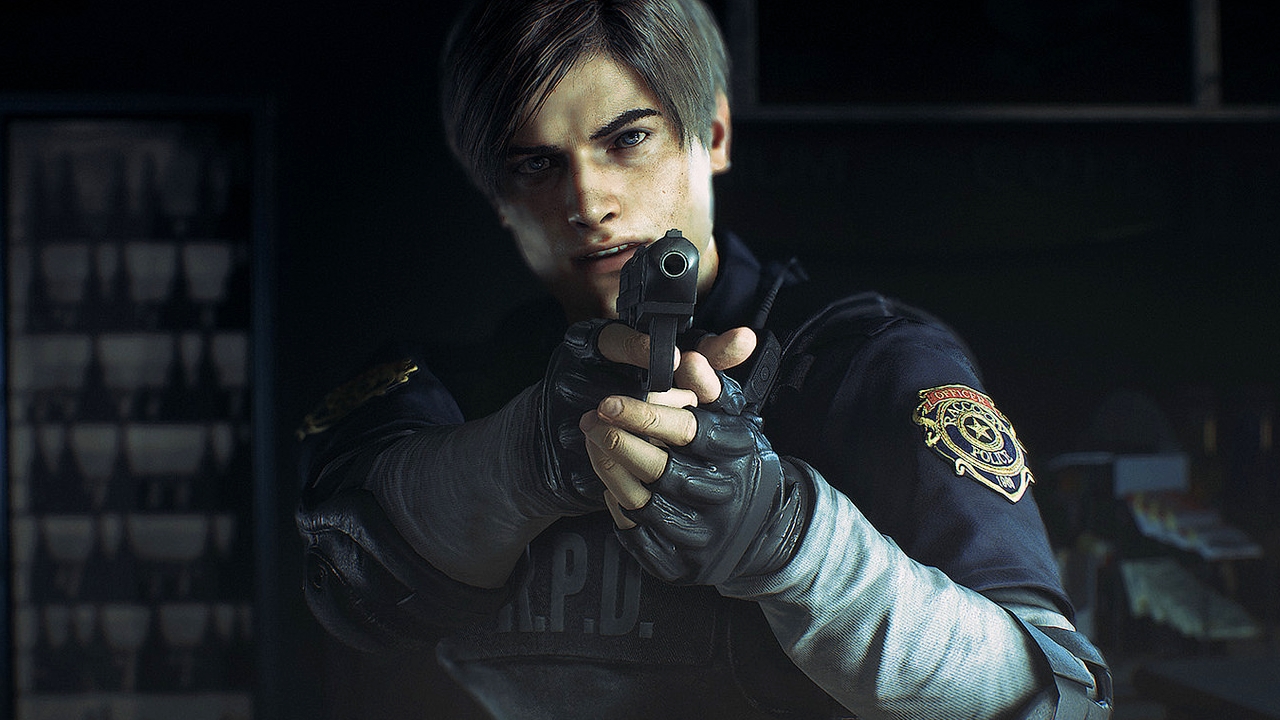Mastering the remaster: How the video game re-release became an art and a craft of its own
From Dark Souls to Xbox backward compatibility, remasters and re-releases are now about much more than cashing in.
Familiar problems raised their heads too, of course. As on previous projects, once Bluepoint had Shadow of The Colossus running on PS4, it hit 60fps pretty much everywhere, but the protagonist couldn’t climb onto a colossus when the game was running above the original engine’s 30fps lock. The team thought it had a replacement for the tech behind one of the game’s key mechanics, where light bounced off the hero’s raised sword to show the path to the next colossus.
In the PS2 game, that was achieved by placing lights at strategic points in the world, and a 2D texture on the sword. “During the final months, as the art really started to come together, it became apparent that the sword would not properly reflect light that did not exist in the original game,” Dalton says. “And it was odd that the sword would shine when standing behind a pillar in the Shadow of Worship.”
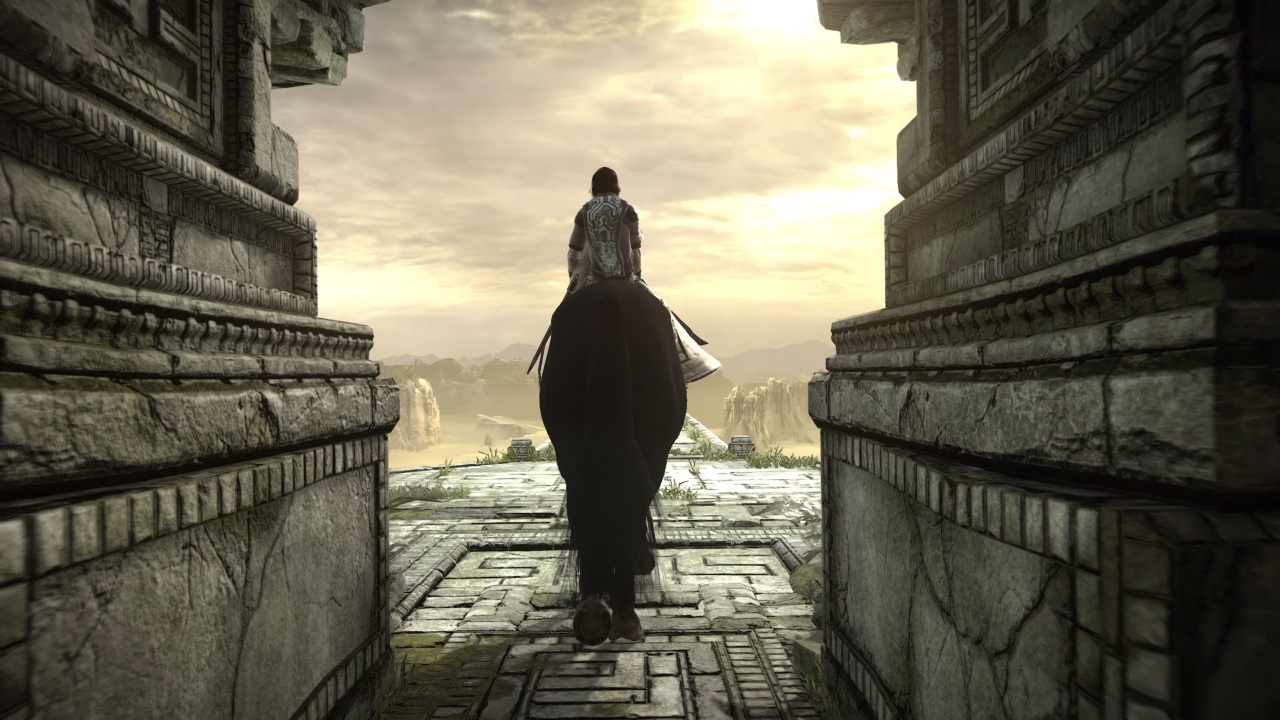
The solution was to replace the original game’s light-detection system with one that took realtime feedback from the renderer about whether it was in the light or not, with an override texture on hand for any edge cases. “If there’s one thing I’ve learned working on remasters and remakes,” Dalton says, “it’s that there will always be something new to bite you in the ass.”
It was a bite well worth taking. While full sales data is yet to be made available, Bluepoint’s Shadow of The Colossus was the best-selling game in the UK during the week of its release, with physical sales up 73 per cent on the PS2 original. Bluepoint, with a larger headcount, further improved engine and its biggest success to date, can aim even higher next time. It will probably need to; after all, it has just raised the bar for the videogame remaster.
“There’s that saying: with great power comes great responsibility,” says Bluepoint president Marco Thrush. “As current-gen games get better looking – through improved workflows, more resources, and better hardware – the gap between what the original game and what it should look like by the time we’re done is getting bigger and bigger. On previous projects we would take existing detail and improve it. Now we’re creating detail that didn’t originally exist.”
Heritage in a box
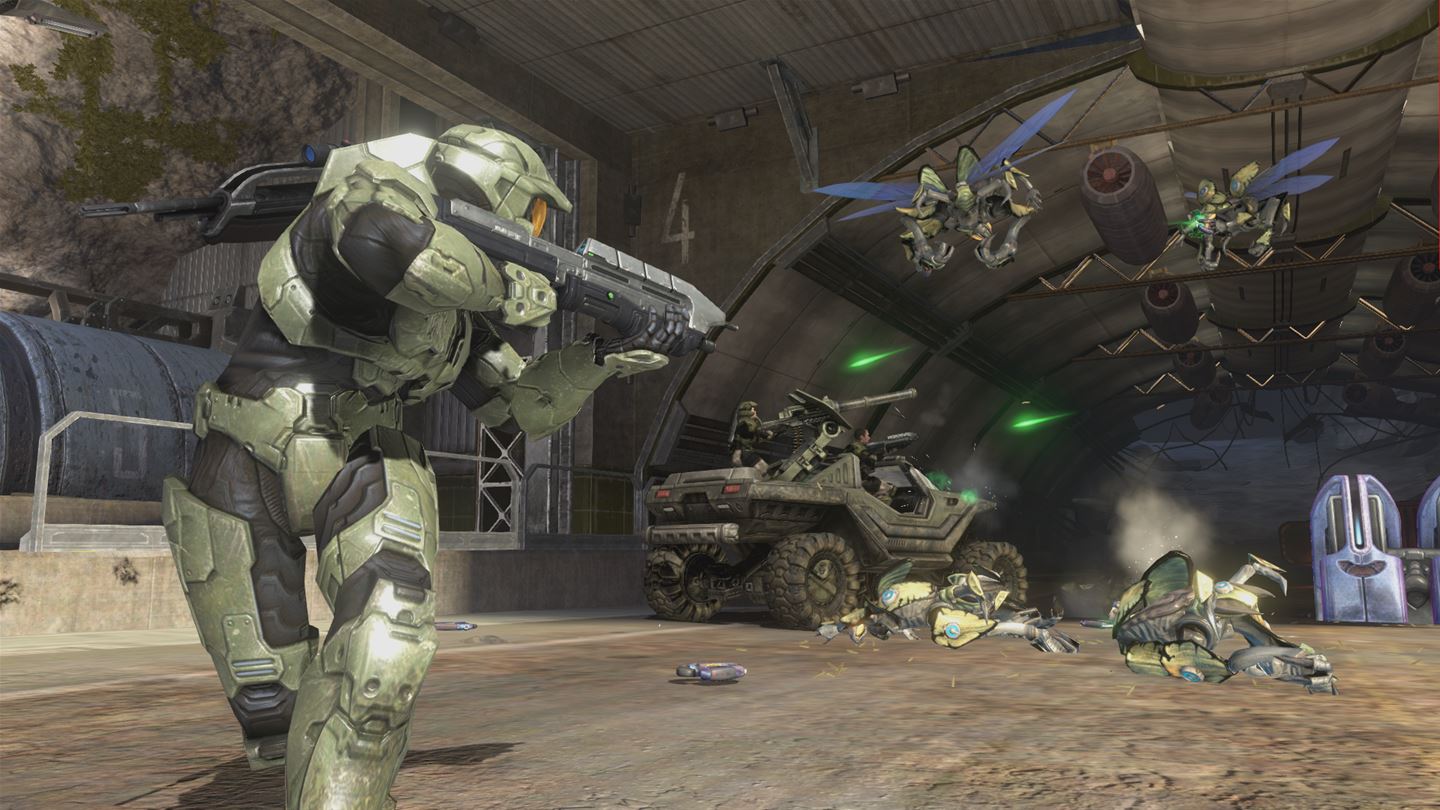
Bluepoint’s Shadow experience shows there’s a tremendous amount of money to be made from a remaster or remake. Yet both Bluepoint and QLOC acknowledge that there are other, more holistic benefits to reviving classic games of yesteryear. The game industry has done a very poor job of preserving its own history, but that’s slowly changing – and no more so than at Microsoft, where compatibility has become central to almost everything the company does.
Phil Spencer’s announcement at E3 2015 that Xbox 360 games would soon be playable on Xbox One was greeted as rapturously as any new game reveal; little did we know at the time that it was only the beginning of Microsoft’s plan to keep old Xbox games in the public eye. The library of supported 360 games grows by the week, and original Xbox games are becoming compatible too. Yet Microsoft’s greatest work has been on Xbox One X, with its engineers not only making 360 games compatible on the new console. It is improving them, too. First-party titles including Halo 3 and Crackdown, and even third-party offerings such as Mirror’s Edge and Fallout 3, run in native 4K – and even, in some cases, with HDR.
Sign up to the GamesRadar+ Newsletter
Weekly digests, tales from the communities you love, and more
Oddly, the technique used for this very modern sort of remaster was first discovered (by Microsoft engineer Eric Heutche, after whom the Heutche Method was subsequently named) when Microsoft was working on making original Xbox games compatible on Xbox One. Using the One X’s processing power, higher-quality assets are swapped in for the originals on the fly, the emulator beneath it assuming it is still running the original game. When the team moved onto Xbox One X, it first had to ensure all existing Xbox One games – which, by then, included a host of 360 titles – would be supported by the new console.
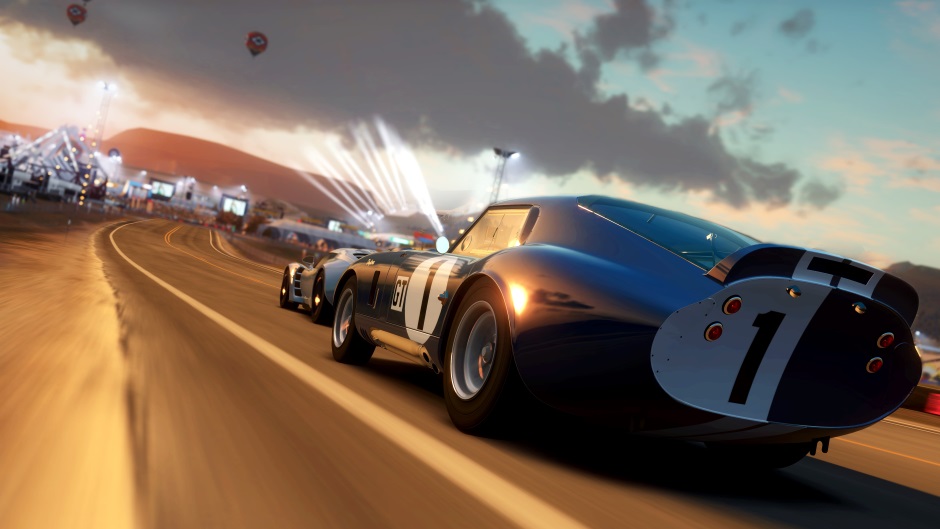
“We’d just got our first set of devkits in; they were just boards sitting on a mat,” Xbox platform lead Bill Stillwell recalls. “Eric started tinkering and said, ‘Okay, I’ve got a lot more power in Xbox One X. What could I do to a 360 game?’ He took what we had done for the Xbox Originals games and applied it to Halo 3 first. We were like, ‘Holy cow – this looks like a brand-new game.’”
The Xbox team’s new commitment to compatibility is powered by what is, to all intents and purposes, the most accurate emulator in all of videogames. If you’ve played around with an unofficial emulator, you’ll know all about exceptions: the games that don’t quite run at full speed, drop sound or frames at odd moments, or crash if you press a certain button at a certain point in the game.
This exists on Xbox One, too – Stillman wistfully recalls the build of Forza Horizon that looked astounding, but had no collision model – but you never see them, because Microsoft won’t add a game to the supported list until it’s proven to be a perfect copy, a hundred-strong army of testers putting every game through its paces multiple times. Like Bluepoint’s engine, Microsoft’s 360 emulator becomes more accurate as more games pass through it – though that comes at a cost. “We’re having to constantly tune the emulator to make it more precise,” Stillman says, “but every time you make it more precise, you make it less powerful.”
The future of the past looks better all the time
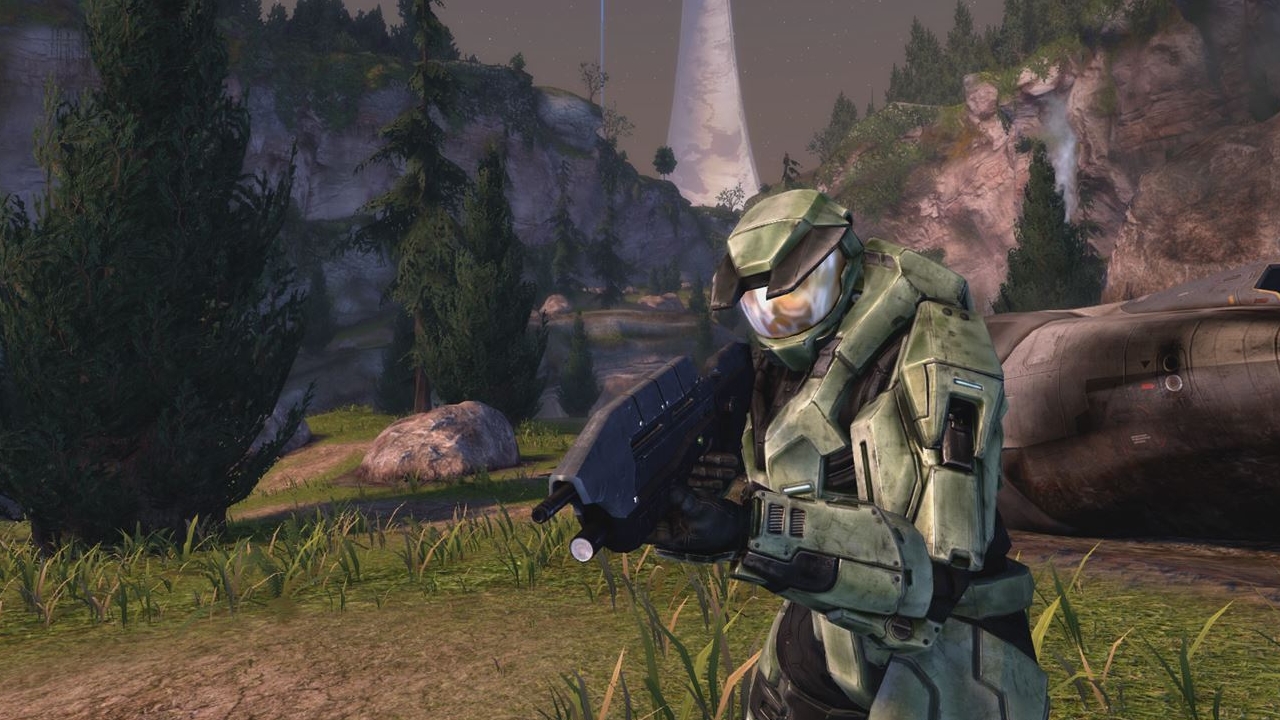
That’s perhaps less of a concern on Xbox One X, but the work being done on old games is costlier than ever, particularly when it comes to HDR. While it may have been years before the high-gamut-colour boom, a number of 360 games were built in 10bit colour, the 8bit hardware simply dropping the part of the colour range it didn’t need. Now, thanks to Microsoft’s Advanced Technology Group, it can be restored, with Mirror’s Edge and Halo 3 among a slowly growing list of old games that support the industry’s latest obsession. “The enhancements are a lot of work because we really have to go back and tune the performance profile so there’s no change in the gameplay experience,” Stillman says. “And we don’t do half measures.”
None of the teams featured in this story do, and it’s precisely that commitment – the sense that there is no point doing a job that is not going to be done properly, and ideally perfectly – that has turned what once seemed a rather dreary part of the industry into one of its most vibrant. It’s a job that gets harder as games get better, the need to go the extra mile resulting in a ground-up remake of a fan- favourite game, or a 10bit visual overhaul of a decade-old release.
And sometimes it’s enough to simply have a beloved old game on new hardware – the Skate 3 on your living-room TV, the Dark Souls in your work bag. We may all be obsessed with the future of interactive entertainment, but its past has never felt more relevant, or vital.
This article originally appeared in Edge magazine. For more great coverage, you can subscribe here.
Nathan Brown is a video game consultant and writer, and former editor of Edge magazine. He's now a freelance journalist, still writing for Edge magazine, but his main passion is writing Hit Points, a regular newsletter about the videogame industry.
